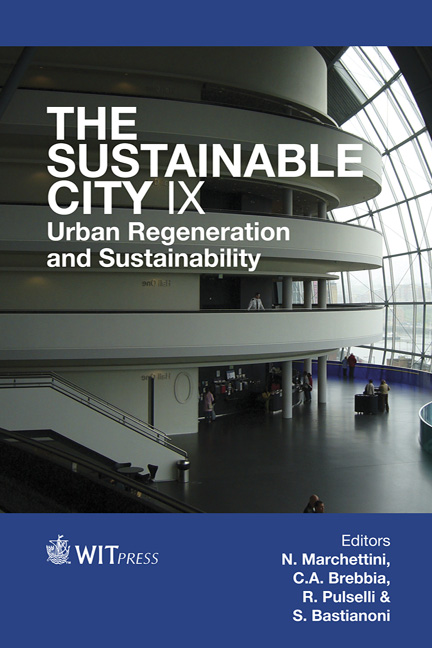Microbiological Quality Assessment Of A Compost Produced From Animal Waste And Vegetables
Price
Free (open access)
Transaction
Volume
191
Pages
11
Page Range
1469 - 1479
Published
2014
Size
384 kb
Paper DOI
10.2495/SC141242
Copyright
WIT Press
Author(s)
S. V. Cancelado, J. C. C. Cepeda, C. C. Fernandez, A. M. Varani, L. M. Carareto Alves
Abstract
Daily composting has been identified as the best method for final disposal of carcasses, but the potential risk of pathogen transmission seriously limits its use. In this study we assessed the microbiological quality and biosafety of a compost produced in an experimental unit of daily mortality composting at Universidade Estadual Paulista (UNESP), Brazil. We know that mature compost presents a good composition of the most important agricultural chemical components and also the aqueous solutions do not inhibit the Solanum lycopersicum (tomato) and Lactuca sativa (lettuce) germination as well its development. To study the microbiological safety, samples were evaluated to determine the presence of coliforms, Salmonella sp, and several soil-borne phytopathogenic fungi (Rhizoctonia spp, Fusarium spp, Pythium spp, Phytophthora spp). These evaluations were carried out using selective and differential microbiological culture media. The composition of bacterial population in mature compost was also determined by the 16SrRNA gene sequencing in the Illumina System. The presence of STEC, EHEC, and EPEC pathogenic bacteria E. coli genes of virulence was not verified by molecular techniques. Salmonella and phytopathogenic fungi presence were negative. Coliform levels were 1160 UFC/kg, and the most common bacteria observed by 16S rRNA gene were from Firmicutes and Proteobacteria phylum. The results show that a daily mortality composting method is effective to reduce pathogenic microorganisms but it does not terminate all of them. Thus it can be used as fertilizer, except to crops intended for human or animal direct consumption. Additional tests must be performed to assure the absence of some pathogens such as viruses.
Keywords
daily mortality composting, composting method, 16SrRNA gene sequencing, bacterial diversity, coliform level, phytopathogenic fungi, next generation sequencing, disposal of carcasses





